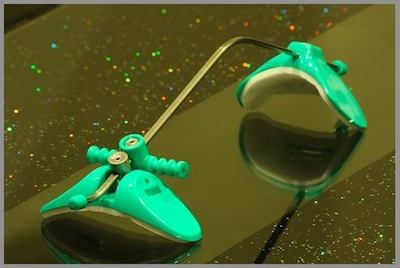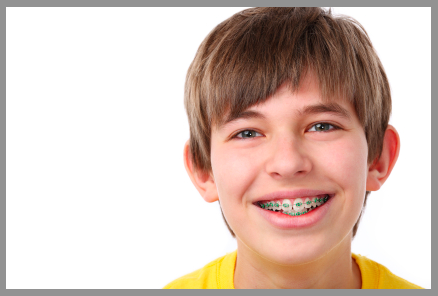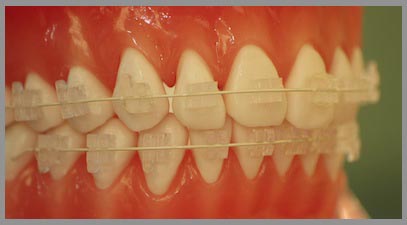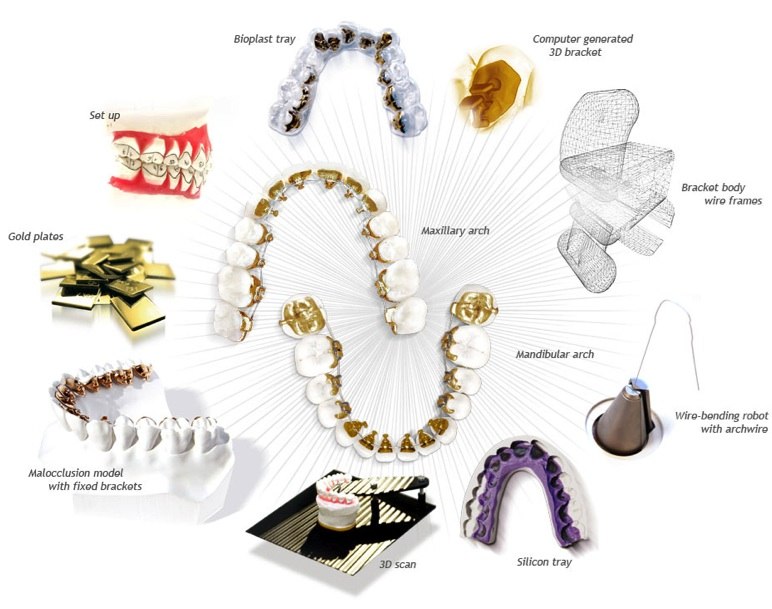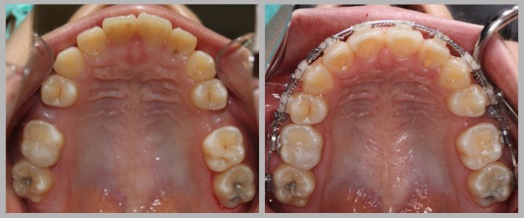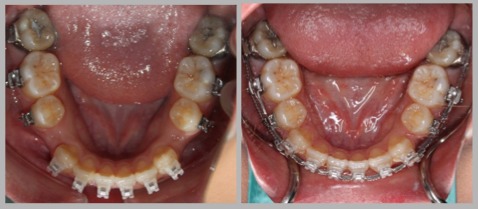for Children

Orthodontics for Children: American Association of Orthodontists recommends children are screened by orthodontist at age 7. Age 7 is the optimal age where growth patterns and relationships of the upper and lower jaws can be evaluated and modified. Orthodontists can assess for conditions that require urgent correction such as anterior and posterior crossbites, maxillary constriction, eruption problems, space management issues, excessively protruding teeth, and thumb or finger sucking habits. It is beneficial to catch these problems early on for the children because otherwise these existing conditions can adversely affect facial and dental development. For instance, if a child's upper jaw is too narrow, that child will have to choose to bite on one side to have at least one functioning side. This condition will result in asymmetrical growth of the lower jaw and lasting facial asymmetry. Narrow upper jaw can be corrected later; however facial symmetry will be permanent.
Phase I Interceptive Treatment
This is not a comprehensive treatment but rather targeted treatment aimed to enhance dental and skeletal development and to resolve the urgent problems that cannot wait until the patient has all adult teeth. Most people who undergo Phase I treatment will require a second phase of treatment when they are older and have all adult dentition. However, having first phase of treatment can make later treatment simpler and shorter in duration. It is estimated about one third of the children undergoing orthodontic treatment are treated in two phases.
Appliances and braces used will vary according to specific diagnosed problems and specific goals of the therapy. Usually, in addition to traditional braces, one or more of following appliances may be used: rapid palatal expanders, lower bite blocks, headgears, facemasks, lower lingual holding arch, transpalatal arch, or pendex. Treatment duration for Phase I treatment varies from 6 to 18 months with partial braces and appliances but it may be longer depending on underlying problems and growth of the patients.
